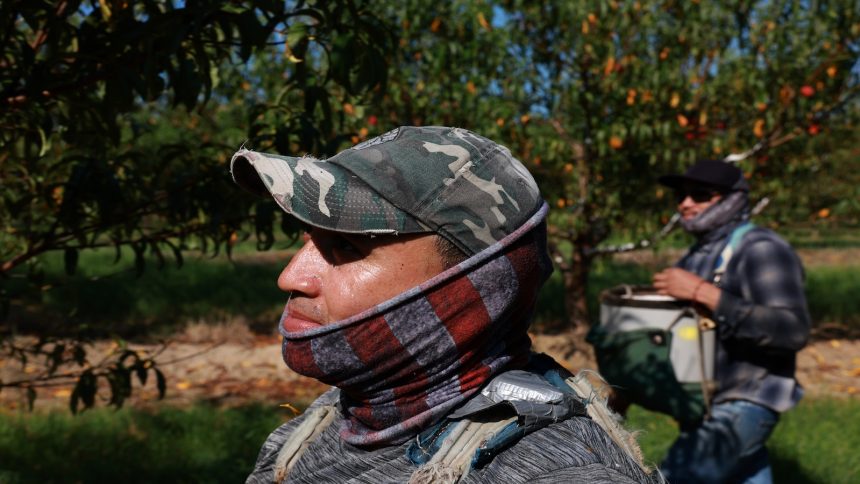In the summer of 2011, Victor Ramirez was working in a Walmart warehouse in Mira Loma, California when he suddenly fainted. Upon regaining consciousness, he found himself on the floor with a pounding headache, realizing that the intense heat in the warehouse had caused his episode. Ramirez, who didn’t receive any medical attention, was only advised by his boss to go home if he wasn’t feeling well enough to continue working.
Ramirez described the oppressive heat inside the warehouse, exacerbated by machinery and lack of water and air circulation. Despite experiencing symptoms of heat stress again later that summer, Ramirez didn’t receive any assistance. He was sweating profusely, feeling flushed, and had a headache, but was met with skepticism from his supervisor.
The experience left Ramirez anxious for his own safety and that of his daughter, as his family relies on his wages. Working in another warehouse now, Ramirez remains concerned about the risks of heat exposure, a common issue in his industry. With inadequate access to water, limited air conditioning, and a dismissive attitude towards heat exposure, Ramirez’s fears are shared by many in similar situations.
As the threat of extreme heat, exacerbated by climate change, continues to grow, federal regulations to protect both indoor and outdoor workers from heat exposure are nonexistent. In response, Ramirez has joined efforts in Southern California to advocate for better protections, while others push for nationwide safeguards.
The potential for change lies with the Occupational Safety and Health Administration (OSHA), which recently took a critical step towards creating America’s first national heat stress rule for workers. Despite possible legal and political challenges, including the upcoming election, the proposed rule is under review by the White House Office of Management and Budget.
If approved, the rule could require worker and employer training on heat stress symptoms, acclimation strategies for new workers, and trigger mechanisms for prevention programs based on temperature thresholds. The impact of such a rule would be significant, affecting a broad range of industries.
While the timeline for finalizing the rule remains uncertain, advocates like Nezahualcoyotl Xiuhtecutli remain hopeful for timely action. However, concerns about potential delays and political obstacles loom large, especially in the face of a changing administration and uncertain future. Despite the challenges ahead, efforts to protect workers from extreme heat exposure must continue, as the stakes are high for those whose lives depend on it.






